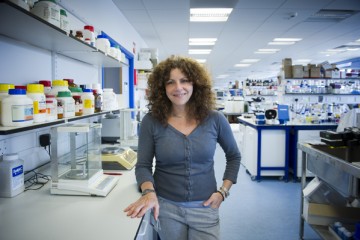Project grant
The development of an in vitro model of central nervous system injury to identify factors which promote repair

At a glance
Completed
Award date
January 2009 - November 2012
Grant amount
£294,388
Principal investigator
Professor Susan Barnett
Co-investigator(s)
Institute
University of Glasgow
R
- Reduction
Read the abstract
View the grant profile on GtR
